- Empty Cart
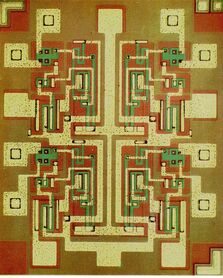
New AI chip will feature enormous memory capacity and remarkable performance with patent-pending OxygenBurst™ technology keeping it from overheating. The architecture for this chip was inspired by an area rug the founder of this company bought in the eighties. Early tests show that the chip could speed through a million-sized data set when training, almost like it dumps the data before training completes. When shown a picture of a girl named “Nikki”, it mistakenly labeled it “Micki”. Yet, it was able to accurately identify applesauce with cinnamon sprinkles, even though it was mixed with a pale, watery piece of turkey breast and soggy vegetables on a Styrofoam lunch tray.
 For All Fool's day of 1931, The Los Angeles Times ran a front-page "exclusive" reporting that Hamburg scientist Dr. Eugene Lirpa had discovered good health to be caused by a bacteria, "Bacillus sanitatis." Sick people that were lacking this "germ of health," could be cured simply by breathing in the same air as healthy people. Now everyone is talking about good bacteria and fecal microbial transplants from healthy individuals. Perhaps one day "good" microbial transplants could be really delivered by inhalers? 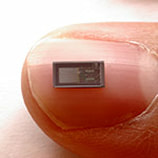 In 2004, Norway's Aftenposten posted a plan by government health authorities to implant electronic id chips under skin to better monitor peoples' medical needs. This was another April's fool, but chips like this - e.g. to monitor brain injury - are already being tested. Implanted chips are used by some employers to let their employees open doors,
log in to computers and purchase food.
In 2012, YouTube announced that they were launching a new service called "YouTube TV.", a fake service that claimed to allow users to watch live TV on YouTube. YouTube TV was really offered as a service - in April 2017. The service has since expanded to over 98% of US households.
Ubisoft pulled one of the greatest April Fools pranks in gaming history by putting out a trailer for Far Cry 3: Blood Dragon.
Ultimately, the game was released, and it was a huge success.
In 1925, Hugo Gernsback invented the concept of the “teledactyle” that would allow doctors not only to see their patients through a view screen but also touch them from miles away with spindly robot arms. |

On April 1 2019, healthcare blog announced that Facebook formally entered the EMR business. But it's not a joke - according to some sources, Facebook planned to collect information about age, diseases, prescribed medications and visits to the hospitals. This data could be combined with all health-related information that Facebook already captured about its users.
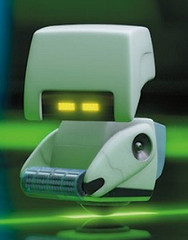
Science fiction authors were describing future without tedious tasks such as cleaning since 19th century. WAL-E (2008) - microbe obliterator (in the picture) was identifying dirty areas on its own, scrubbing anything and everything until it was sparkling clean. On April 1st of 2004, BMW announced a new self-cleaning car with "microscopic blowholes" clearing dust and insects. Neal Stephenson 1995 book The Diamond Age described gloves "constructed of infinitesimal fabricules that knew how to eject dirt". Not really a science fiction now, as prototype nano-enhanced textiles were able to clean themselves with light back in 2016.
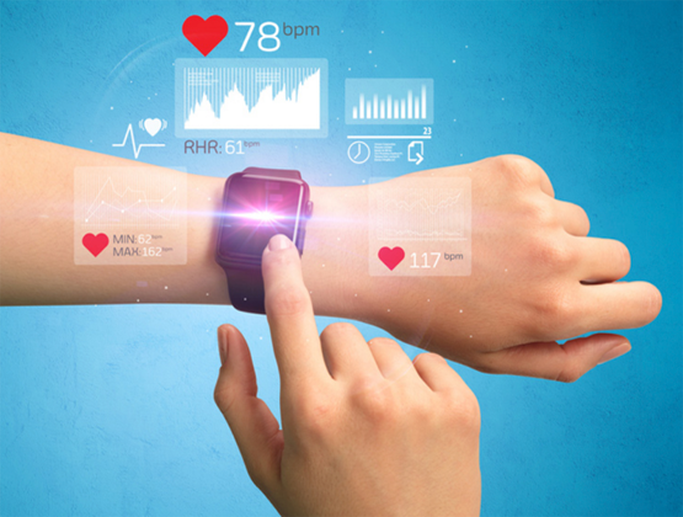
Samuel R. Anderson et al. Robust Nanostructured Silver and Copper Fabrics with Localized Surface Plasmon Resonance Property for Effective Visible Light Induced Reductive Catalysis, Advanced Materials Interfaces (2016). DOI: 10.1002/admi.201500632
Karim et al Nanostructured silver fabric as a free-standing NanoZyme for colorimetric detection of glucose in urine
https://www.sciencedirect.com/science/article/pii/S0956566318301970
Photocatalysis and self-cleaning from g-C3N4 coated cotton fabrics under sunlight irradiation Y Fan, J Zhou, J Zhang, Y Lou, Z Huang, Y Ye… - Chemical Physics …, 2018 - Elsevier
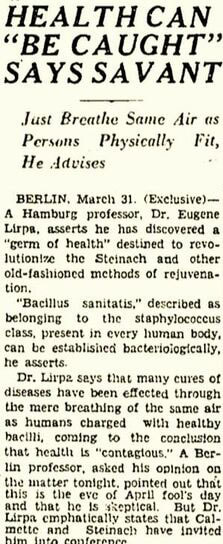
 RSS Feed
RSS Feed